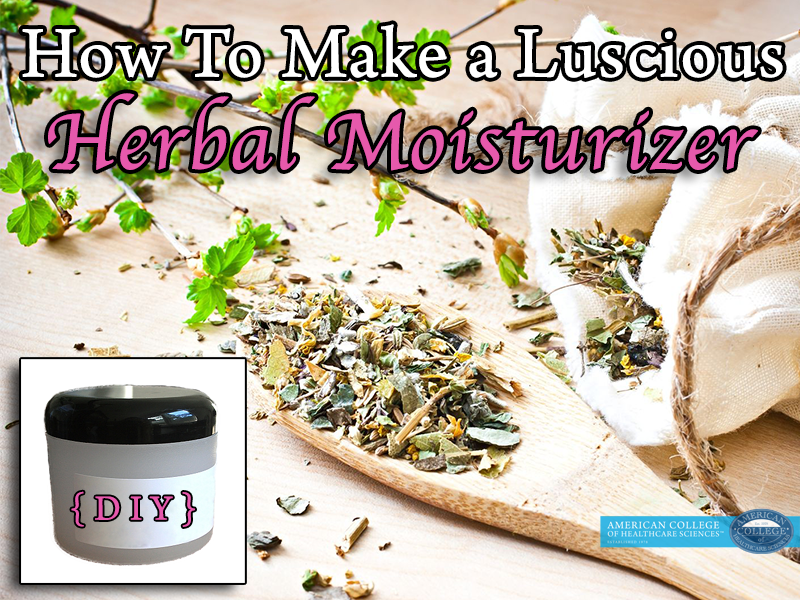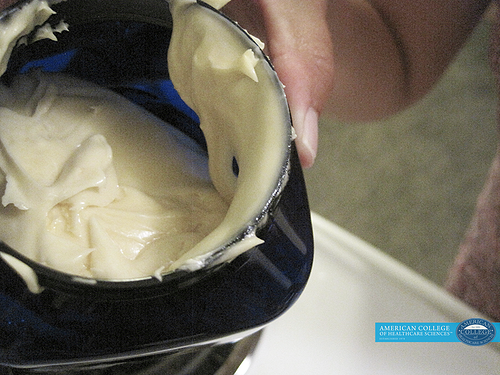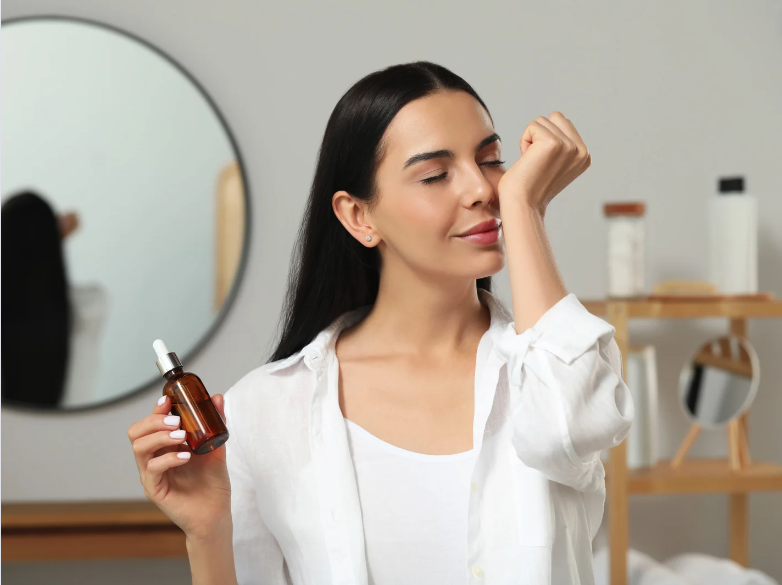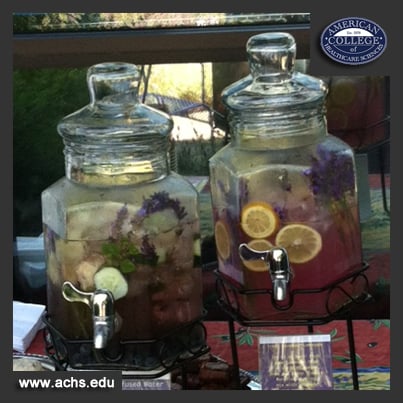By Kelly Johnson and Renee Long
Skin, being the largest organ in the body, protects you, insulates you, and connects you to the world. With harsh, cold weather in the winter and exposure to damaging UVA/UVB rays in the summer, your skin takes a beating all year long. Doesn’t it deserve a little extra TLC?
Both oily and dry skin needs to be moisturized to protect from the abrasive environment and to replace the moisture loss that occurs naturally as we age. Emollient herbs are not only great for preparing herbal teas, but their high mucilage content also makes them ideal for use in lotions and creams.
Almonds, avocado, borage, chickweed, rose, and comfrey root will all smooth, soften, soothe, and fortify facial skin. We love DIY projects and homemade products, so this past weekend we made one of the recipes from NAT 101 Nutrition, Bodycare and, Herbalism. It turned out to be so gorgeous that we wanted to share this step-by-step recipe for the ultimate, DIY herbal moisturizer with you!
Step 1 - Gather the ingredients for your homemade herbal moisturizer

Herb or herb mixture: 2 ounces
You can choose any of the herbs we listed above, or just choose your favorite! To make this moisturizer ourselves, we chose to work with the fresh lavender Lavandula angustifolia* flowers from the ACHS botanical garden in honor of lavender season.
Anhydrous lanolin: 1 ounce
Beeswax: ½ ounce
This hardens the cream and adds a lovely texture to your homemade moisturizer.
Avocado oil or jojoba oil: 2 ounces
We used jojoba oil in our recipe, but avocado oil works just as well!
Wheat germ oil: 2 teaspoons
Packed with vitamins A, B, and E as well as antioxidants, this is a fantastic ingredient for keeping your skin looking young, radiant, and fresh.
Essential Oil(s): 3-6 drops
You can choose one or a few of your favorite skin-supporting essential oils for this recipe. For our herbal moisturizer, we chose to blend…
- Geranium Pelargonium graveolens oil: 2 drops
- Lavender Lavandula angustifolia oil: 2 drops
- Rose Rosa damascena oil: 1 drop
- Tea tree Australia Melaleuca alternifolia oil: 1 drop
Essential Oil Tincture
Benzoin Styrax tonkinensis tincture: ½ teaspoon (for dry skin)
OR Myrrh Styrax tonkinensis tincture: ½ teaspoon (for oily skin)
1 Double boiler
If you don’t have a double boiler, a stainless bowl over a saucepan of simmering water (like we did!) works just as well. Who says DIY has to be fancy? Just be sure that the bottom of the top metal bowl or saucepan never touches the bottom of the other saucepan. The water helps keep the mixture from getting too hot.
Step 2: Prepare your herbs
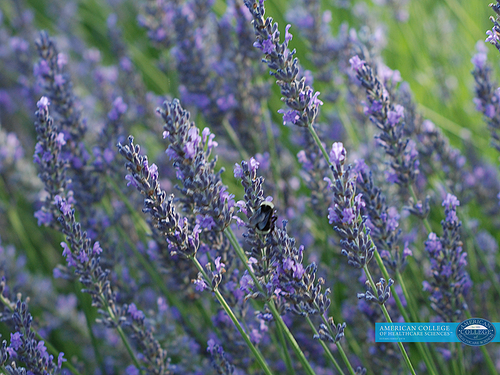
You have the option of adding the chopped herbs directly into your homemade moisturizer base (you’ll strain them out with muslin – which is easy but a little messy!), or you can prepare a decoction or infusion with the herbs you’ve chosen. We prepared a lavender infusion. And don’t worry, you don’t need to be a Master Herbalist—preparing a decoction or infusion is fairly simple. If you decide on this option, here are the standard recipes:
Basic Decoction Recipe
Decoctions extract mainly mineral salts and bitter principles. Decoctions are intended for immediate use, so store for a maximum of 72 hours in the refrigerator.
Herb or root: 1 ounce
Purified Water: 1 pint
Place the water into a saucepan made from a non-reactive material (such as stainless or enamel). Do not use aluminum.
Cut or crush the herb or root right before you add it to water in the saucepan. Do not cut or crush in advance, as vital constituents can be lost.
Turn on the heat to medium.
Simmer your decoction with the lid off until the volume of water is reduced by one quarter, so three-quarters of a pint remains.
Cool and strain.
Basic Infusion Recipe
An infusion is prepared in a similar way to a tea, but you let it steep for longer, so the end product is stronger than a tea. Infusions will extract glycosides, alkaloid salts, and water-soluble vitamins. Infusions are intended for immediate use. Store for a maximum of 24 hours in the refrigerator.
Dried herbs: 1 ounce
Purified water: 1 pint
Place your herbs into a ceramic or glass teapot. Bring the water to a boil. Do not use an aluminum saucepan. An electric kettle or kettle on the stove is fine.
Turn off the heat and pour the water over the herb.
Cover the saucepan and let steep for 10 to 20 minutes.
Strain the tea in a non-aluminum strainer and use for your recipe. Store for no more than 24 hours in the refrigerator.
Step 3 – Create your moisturizing base
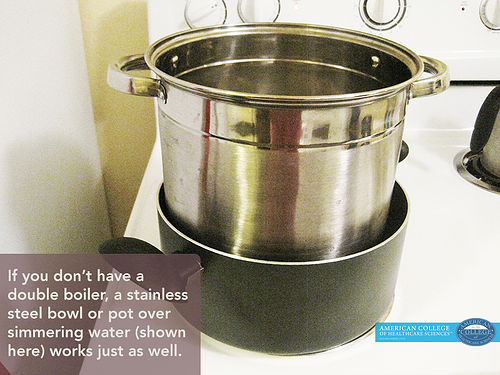
Melt the lanolin and beeswax in a double boiler or in a stainless bowl over a saucepan of simmering water to prevent it burning. If you are melting beeswax alone, do not let the water in the bottom saucepan touch the bottom of the top saucepan or bowl.
Since you are melting lanolin and beeswax together, it is okay for the top saucepan to touch the water (like ours) if you don’t have a double boiler set or two saucepans that fit exactly.
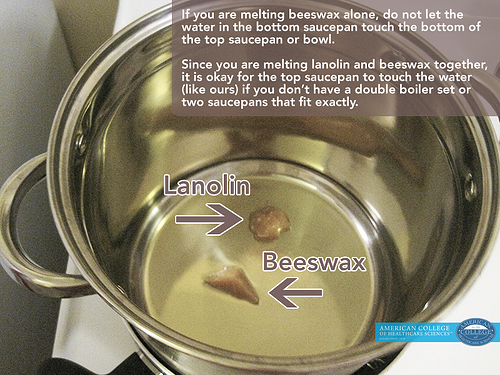
Once the beeswax and lanolin have melted, slowly add the oil, mixing it in gently with a wooden spoon. Be careful not to splash yourself as the mixture will be hot.
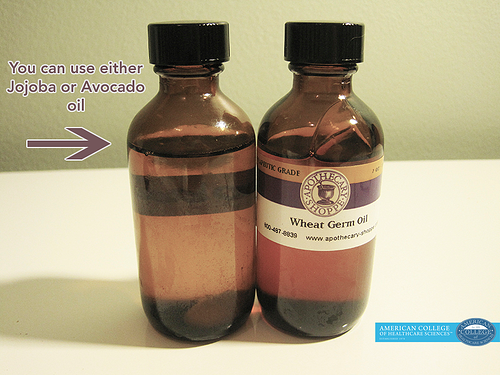
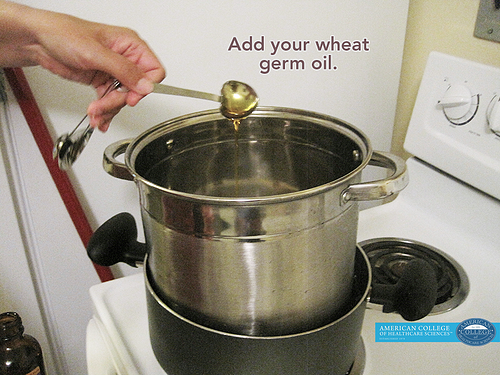
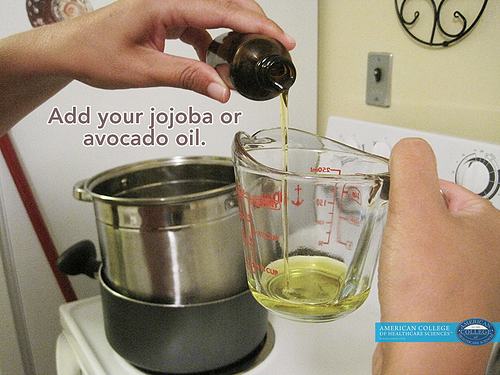
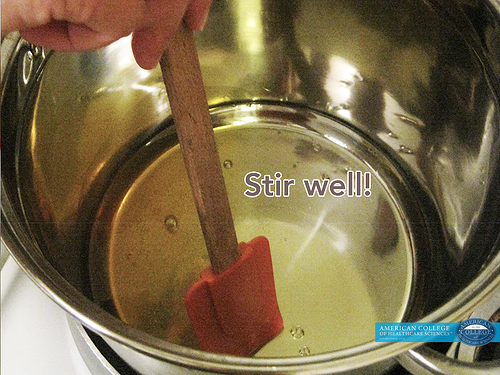
Step 4 – Add your favorite herbs and essential oils
Remove the lanolin and oil from the heat and slowly add the herbal decoction or infusion, stirring constantly. Keep stirring until the cream cools. This keeps the cream blended. Once it is cool, add your choice of essential oils and preservative agent. If you add the essential oils when the mixture is too hot, they will simply evaporate (or volatilize) away!
Remember, instead of an infusion or decoction, you can add the chopped herbs directly to the melted lanolin and leave to simmer over a water bath for 30 minutes to one hour. Strain through muslin and then add remaining ingredients. This is effective, but messy, and is easier if you have a proper double boiler.

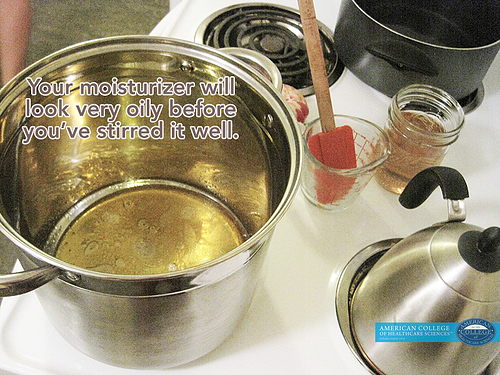
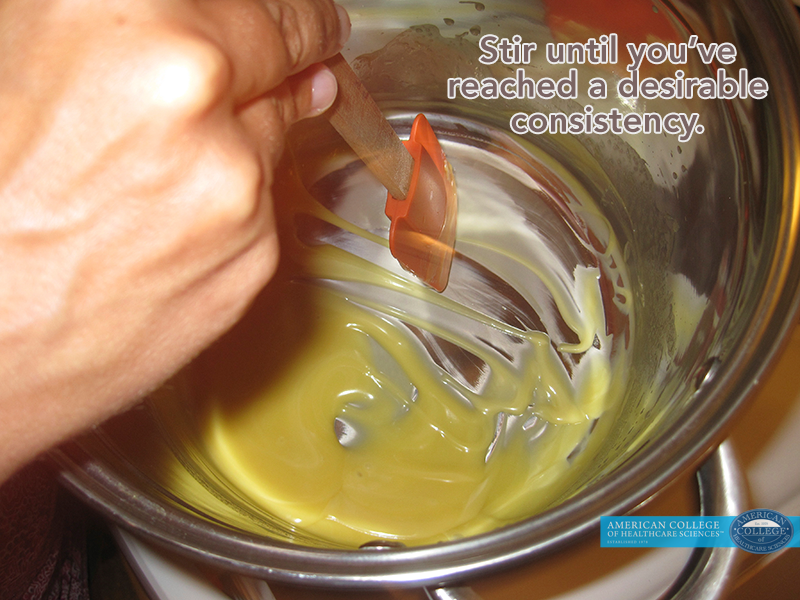
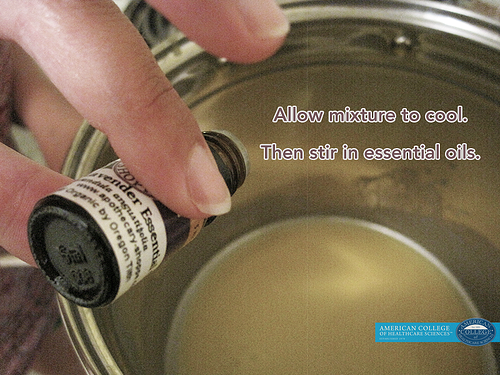
Step 5 – Store your homemade herbal moisturizer
Pour the cream into sterile jars and cool before putting on the lids. We used a lovely cobalt jar from the Apothecary Shoppe. All you need to do now is to label your luscious homemade herbal moisturizing cream!
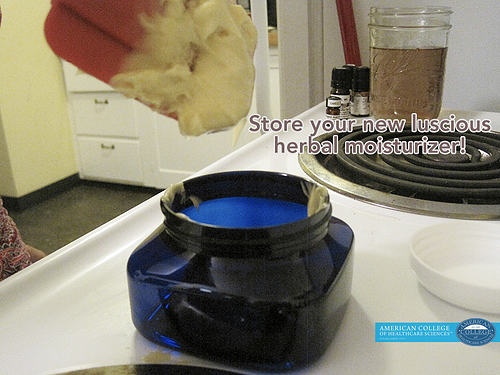
Step 6 – Give as a gift or add to your daily skincare routine
Of course you can make this DIY moisturizer with essential oils and herbs for yourself to keep your skin radiant, hydrated, and smooth, but if your planning to attend a bridal shower or birthday party sometime soon, a homemade jar of delicious herbal moisturizer can be the perfect gift. Or you can even make in bulk for lovely, thoughtful party favors!
If you loved this recipe, you’ll find a ton more natural DIY recipes with essential oils and herbs in this free eBook: Holiday Gifts to Make at Home. Or you can always just study herbal medicine at ACHS; with an herbal medicine degree or certificate, you can learn first hand how to use herbs to create your own homemade natural products and live a healthier more natural lifestyle.
What herbs and essential oils did you choose for your DIY moisturizer? Tell us in the comments!
*Be sure to select Lavandula angustifolia for its soothing anti-inflammatory properties. Lavandin or Lavandula intermedia contains camphor and is a stimulant!
This article is for informational purposes only. It is not intended to treat, diagnose, cure, or prevent disease. This article has not been reviewed by the FDA. Always consult with your primary care physician or naturopathic doctor before making any significant changes to your health and wellness routine.

